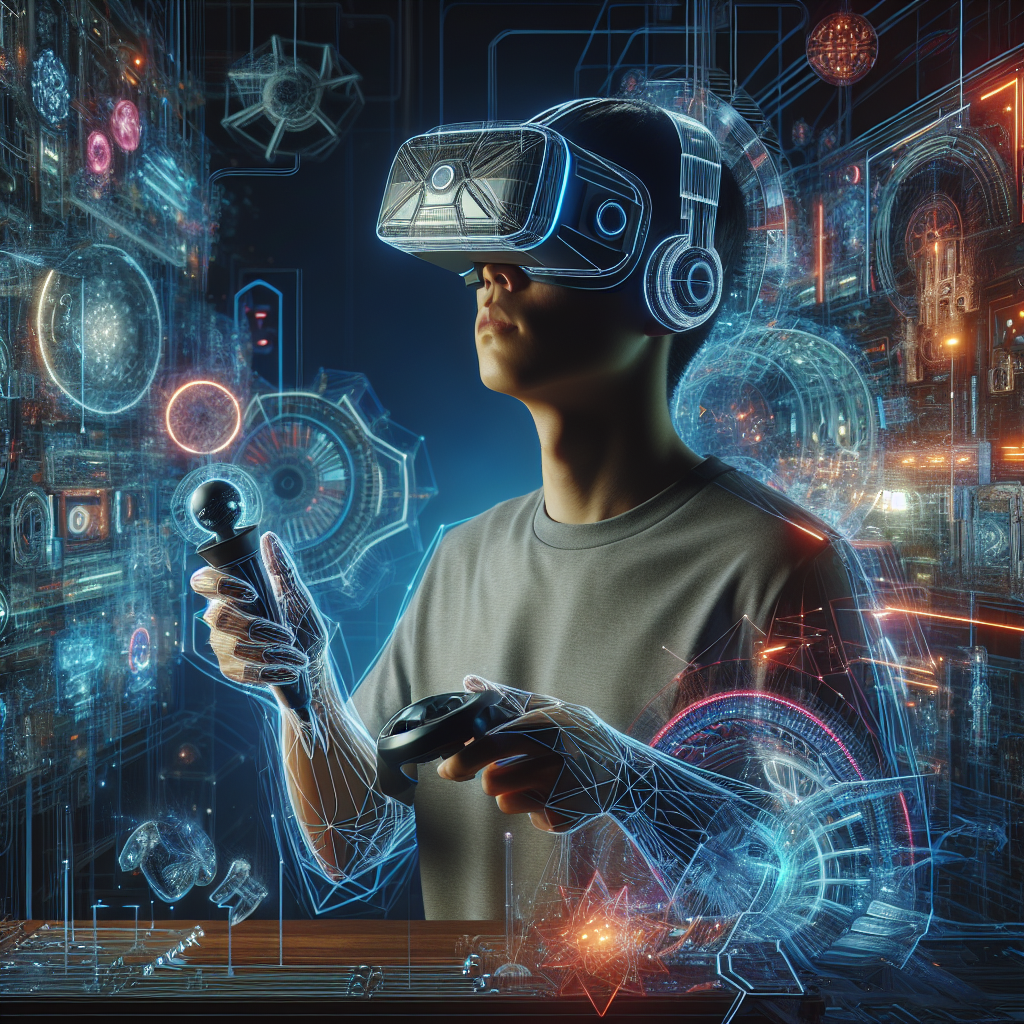Virtual Reality (VR) has rapidly evolved from a futuristic concept to a revolutionary technology that is reshaping the way we experience and interact with the world. While VR initially gained prominence in gaming and entertainment, its applications have expanded to various fields, including education, healthcare, engineering, and more. This article will delve into the rise of virtual reality, exploring how it is transforming gaming, entertainment, and beyond.
The Evolution of Virtual Reality
The concept of virtual reality dates back to the 1950s when Morton Heilig, a cinematographer, created the Sensorama, a machine that could provide a multisensory experience. However, it was not until the late 20th century that VR technology began to advance significantly, with the development of immersive headsets and sophisticated computer-generated environments. Today, VR has become more accessible and realistic, thanks to advancements in display technology, motion tracking, and haptic feedback.
Virtual Reality in Gaming
One of the most significant impacts of VR is in the gaming industry. VR gaming allows players to be fully immersed in virtual worlds, providing an unparalleled level of interactivity and immersion. With VR headsets, users can physically move within the virtual environment, interact with objects, and participate in realistic simulations. Games such as Beat Saber, Half-Life: Alyx, and Resident Evil 7 have demonstrated the potential of VR in delivering captivating and immersive gaming experiences.
Entertainment Beyond Gaming
While gaming remains a primary focus of VR, its influence has extended to various forms of entertainment. VR technology is being used to create immersive experiences in movies, concerts, and theme park attractions. For example, VR allows audiences to have a 360-degree view of virtual environments, providing a new dimension to storytelling and entertainment. This has been evident in the production of VR films and the integration of VR experiences in theme park rides and live events.
VR Applications in Education and Training
Beyond entertainment, VR has found valuable applications in education and training. Virtual reality enables students to explore historical sites, dissect virtual organisms, and engage in interactive learning experiences. Similarly, VR is being used in professional training programs, allowing individuals to practice real-world scenarios in a safe and controlled virtual environment. Industries such as healthcare, aviation, and manufacturing have embraced VR for simulation-based training, leading to improved learning outcomes and reduced costs.
Virtual Reality in Healthcare
The healthcare industry has also leveraged VR technology for various purposes, including medical training, surgical simulations, and patient therapy. VR simulations provide a low-risk environment for medical students and professionals to practice complex procedures and improve their skills. Additionally, VR has been used to alleviate pain and anxiety in patients, offering immersive experiences that distract from discomfort and promote relaxation. The use of VR in therapy and rehabilitation has shown promising results in treating mental health disorders and physical injuries.
The Future of Virtual Reality
As VR continues to advance, its potential impact on various industries is becoming increasingly apparent. With ongoing developments in hardware, software, and content creation, VR is expected to become more accessible, affordable, and versatile. It is projected that VR will play a significant role in shaping the future of communication, remote collaboration, and digital experiences. Furthermore, the integration of augmented reality (AR) and mixed reality (MR) technologies is creating new opportunities for innovative applications and immersive experiences.
FAQs
What equipment is needed for a VR experience?
A VR experience typically requires a VR headset, motion controllers, and a powerful computer or gaming console. There are also standalone VR headsets that do not require external hardware.
Is VR suitable for all ages?
While VR can be enjoyed by individuals of various ages, it is recommended that young children use VR under adult supervision, and certain experiences may not be suitable for all age groups.
What are the potential drawbacks of VR technology?
Some potential drawbacks of VR include motion sickness, eye strain, and limited accessibility for individuals with certain disabilities. It is essential to consider these factors when using VR technology.
Conclusion
The rise of virtual reality has ushered in a new era of experiential technology that is transforming the way we engage with content, learn, and interact with the world. From immersive gaming experiences to practical applications in education, healthcare, and beyond, VR is paving the way for innovative and impactful experiences. As VR technology continues to evolve, its influence is poised to extend further into our daily lives, offering new opportunities for creativity, exploration, and connection.
In conclusion, the rise of virtual reality represents a profound shift in how we perceive and engage with digital content and experiences. By embracing the potential of VR, we can unlock new frontiers of creativity, learning, and communication, shaping a future where immersive experiences are seamlessly integrated into our lives.
















